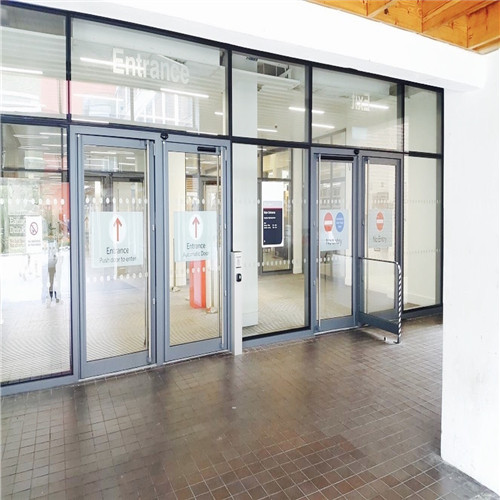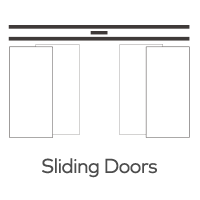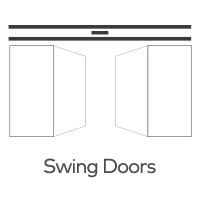How sensitive are glass door sensors to detect glass breakage or unauthorized entry?
Glass door sensors play a crucial role in ensuring the security and safety of residential and commercial spaces. These sensors are designed to detect and respond to glass breakage or unauthorized entry attempts, providing an additional layer of protection. Understanding the sensitivity of glass door sensors in detecting such events is essential for assessing their effectiveness and reliability. In this article, we will explore the sensitivity of glass door sensors and their ability to detect glass breakage and unauthorized entry.

1. Glass Breakage Detection:
Glass door sensors, particularly vibration sensors or seismic sensors, are highly sensitive to detecting glass breakage. These sensors are designed to detect the unique vibrations and frequencies produced when glass is shattered or broken. They can differentiate between normal environmental vibrations and those specifically associated with glass breakage.
The sensitivity of glass break sensors varies depending on the specific model and its settings. Higher sensitivity settings allow sensors to detect even subtle vibrations, making them more responsive to glass breakage. However, it is essential to strike a balance between sensitivity and minimizing false alarms caused by unrelated vibrations or ambient noise.
2. Unauthorized Entry Detection:
Glass door sensors, including magnetic contact sensors and photoelectric beam sensors, are also sensitive to unauthorized entry attempts. Magnetic contact sensors detect changes in the magnetic field caused by the separation of the magnet and the magnetic switch when the door is opened. Photoelectric beam sensors detect interruptions in the infrared beam when someone passes through the doorway.
These sensors are designed to be highly sensitive to any disruptions or changes in their respective fields. When properly installed and calibrated, they can effectively detect unauthorized entry attempts, triggering an alarm or activating the security system.
3. Factors Affecting Sensitivity:
Several factors can influence the sensitivity of glass door sensors:
Sensor Placement: Proper placement of the sensor is crucial for optimal sensitivity. Placing the sensor close to the glass or in strategic positions along the door frame enhances its ability to detect glass breakage or unauthorized entry.
Calibration: It is important to calibrate glass door sensors according to the manufacturer's guidelines. Proper calibration ensures that the sensor is set to the desired sensitivity level and minimizes false alarms.
Environmental Conditions: Environmental factors such as temperature, humidity, and air pressure can impact the sensitivity of glass door sensors. It is important to consider these conditions and select sensors that are designed to operate effectively in the intended environment.
Sensor Technology: Different types of glass door sensors utilize different technologies, which can affect sensitivity. Understanding the capabilities and limitations of specific sensor types can help in selecting the most suitable option for your security needs.
Conclusion:
Glass door sensors are sensitive to both glass breakage and unauthorized entry attempts, offering valuable protection for residential and commercial spaces. Whether through vibration sensors, magnetic contact sensors, or photoelectric beam sensors, these devices are designed to detect specific disruptions and trigger alarms or activate security systems. By considering factors such as sensor placement, calibration, environmental conditions, and sensor technology, you can optimize the sensitivity of glass door sensors for reliable and accurate detection. Investing in high-quality, properly installed, and calibrated glass door sensors will provide an added layer of security and peace of mind for your premises.







